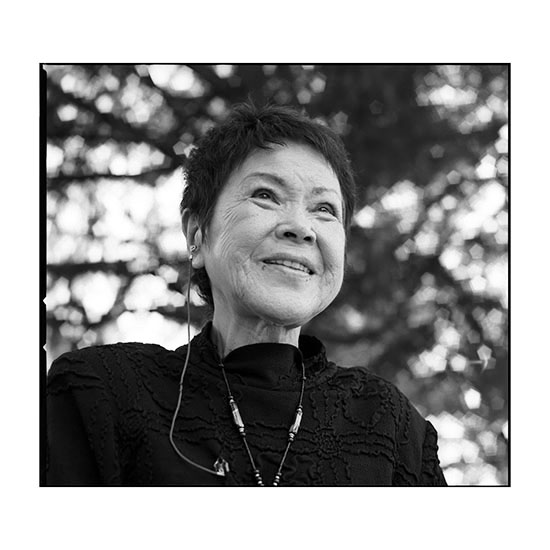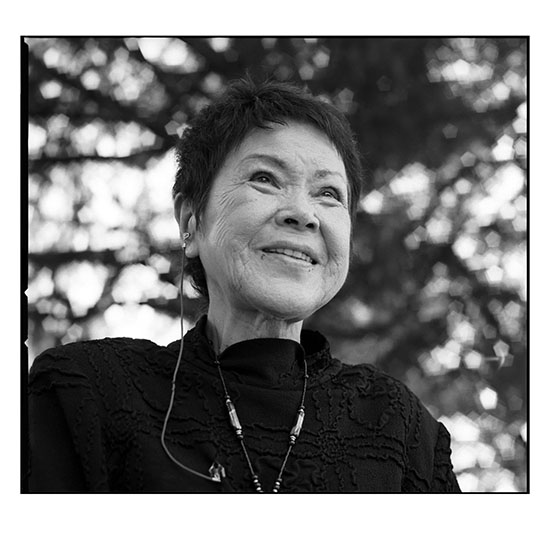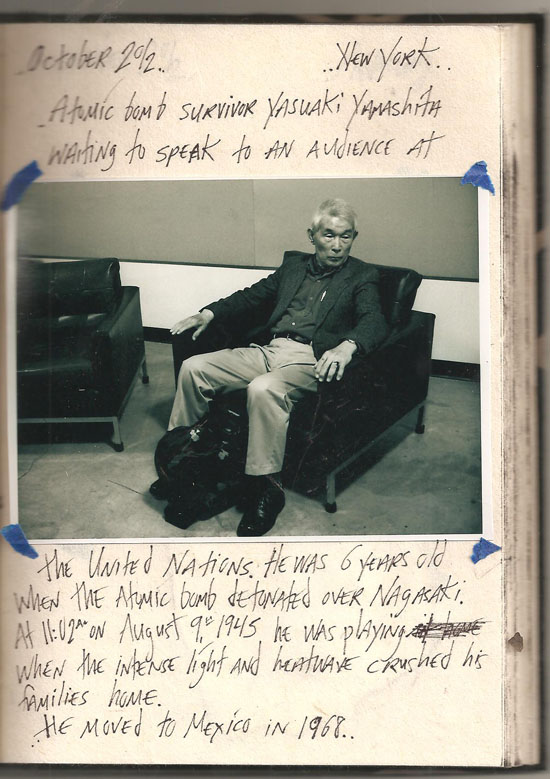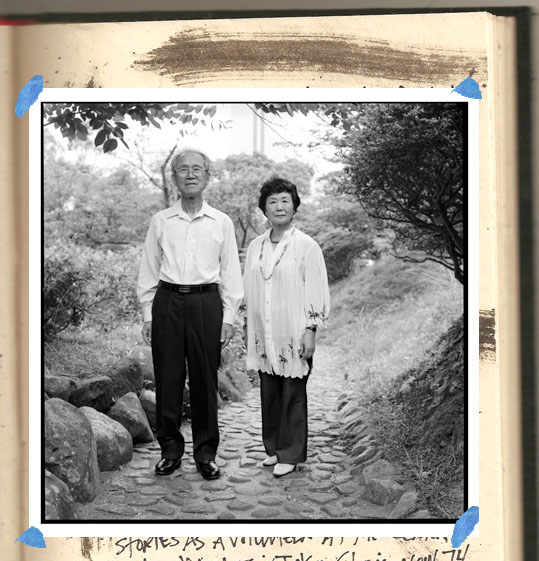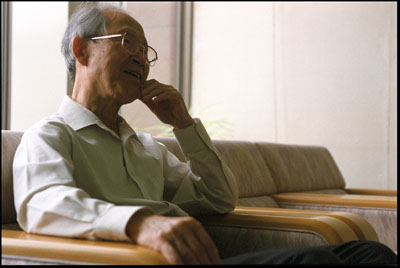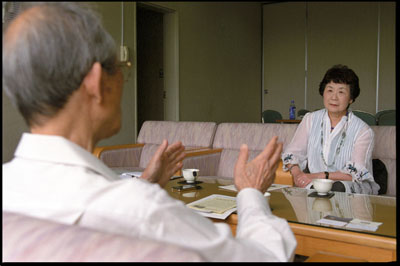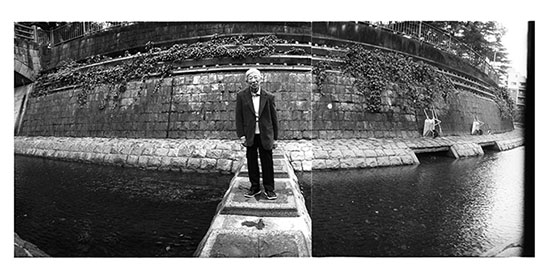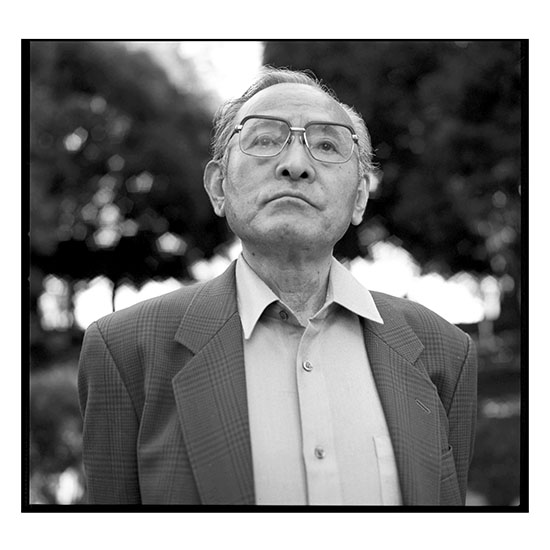
I received the sad news that Mr. Matashichi Oishi passed away on March 7th. Mr. Oishi was a former crew member of the Daigo Fukuryu-Maru (Lucky Dragon 5), tuna fishing boat that was exposed to radiation by an unannounced secret hydrogen bomb nuclear test at the Bikini Atoll on March 1st, 1954. They were fishing 160km away from the hypocenter. The bomb was 1,000 times more powerful than the atomic bomb detonated in Hiroshima. It contained 270 different kinds of radioactive materials.
Mr. Oishi saw a strong flash of light. An orange color soaked the sky. After 7 minutes they heard horrific rumbling. Strangely, the sea surface stayed calm. Frightened, they decided to return home. Soon after “ashes of death”(nuclear fallout) started falling, covering the boat like snow. They had no idea what it was, some licked the flakes. The flakes of ash didn’t melt, felt like sand and burned their skin. They removed the fishing nets and long fishing lines while the radioactive ashes fell.
After a 2 week journey, they arrived at Yaizu harbor. All of them already began to suffer from acute radiation diseases such as dizziness, loss of appetite, gum bleeding, diarrhea, vomiting, and hair loss. But they still didn’t know what they were exposed to.
A newspaper released the news about the nuclear test. It caused a panic in Japan. “Poisoned fishermen brought back poisoned tuna.” Even rain contaminated with radioactivity fell over Japan and other countries in the Pacific Ocean.
The panic created an anti-nuclear movement and encouraged Hiroshima and Nagasaki atomic bomb Survivors to speak about their experiences. Nearly 10 years after the bombings in Hiroshima and Nagasaki, this was the first public discussion about nuclear weapons in Japan.
During the American Occupation, news about the atomic bombings in Hiroshima and Nagasaki was censored. The American government allowed no public discussion or newspaper articles in Japan to be written about the bombings. Because of the censorship the Japanese public, outside of Hiroshima and Nagasaki, were largely unaware about the effects of radioactivity.
The Lucky Dragon 5 event was covered up in negotiations between the US and Japanese governments. The boat was painted over and dumped in a landfill in Tokyo. The ill fishermen were abandoned and outcast socially. Their lives changed completely. They didn’t have visible burn or scar but inside their bodies were radioactively contaminated. All battled various types of cancers throughout their lives. The first member of the crew died a half year later. More than half of the crew has died. All of them died from liver cancer.
Mr. Oishi suffered from varied aftereffects; including liver cancer and social discrimination. The company and government have claimed no responsibility for his health care bills even though he was exposed while working.
After 30 years of silence, he started to speak about his experiences. He is one of only two voices out of 23 Lucky Dragon crew members to speak. 856 boats, containing 17,000 Japanese fishermen, were present in the marine area the day of the nuclear test at Bikini Atoll. None of the others have chosen to speak or release their medical records.
Mr. Oishi was photographed at the location where the Lucky Dragon 5 was found. The discarded boat was discovered in 1967. The boat has since been persevered and a museum has been built around it.
It was an honor to photograph Mr. Oishi. I will always admire his bravery for speaking the truth. He’ll always be my friend.
